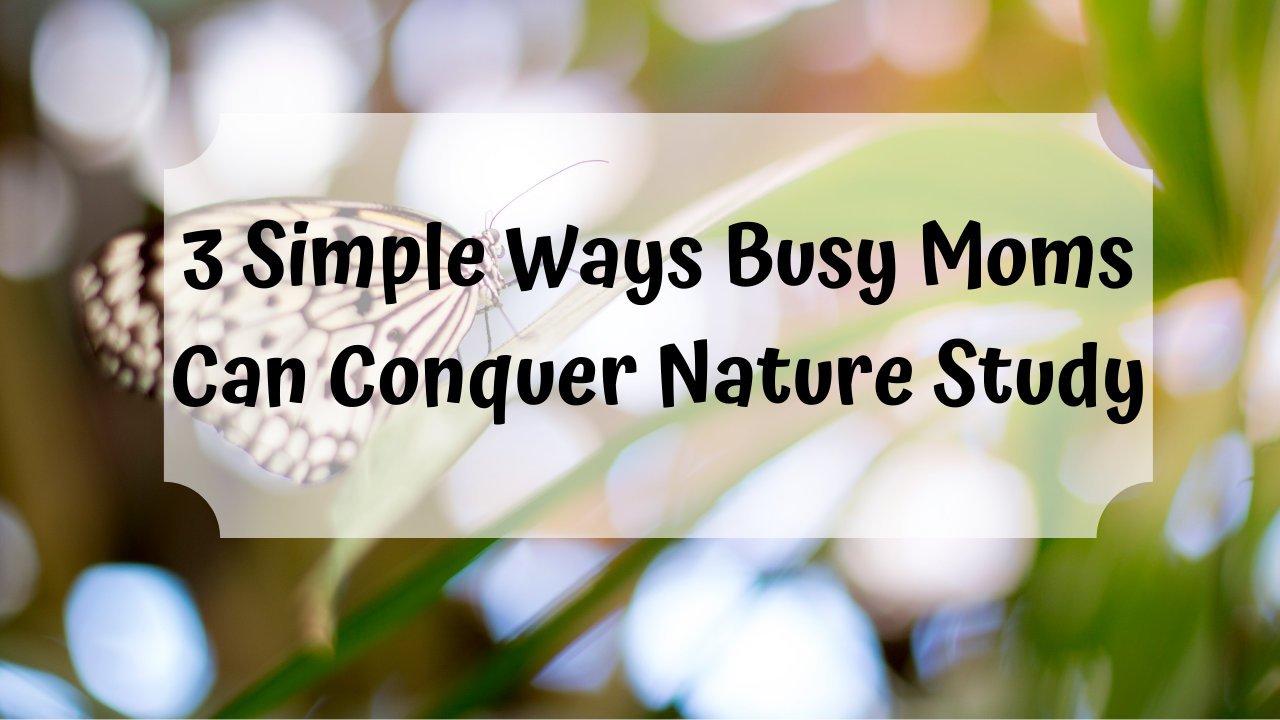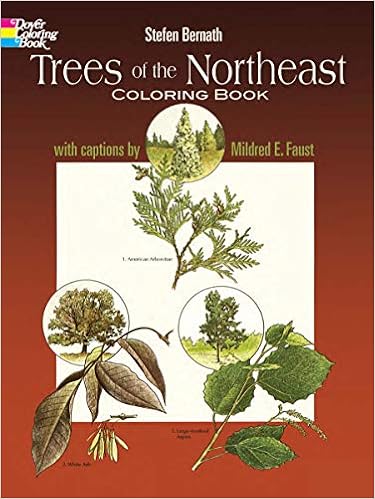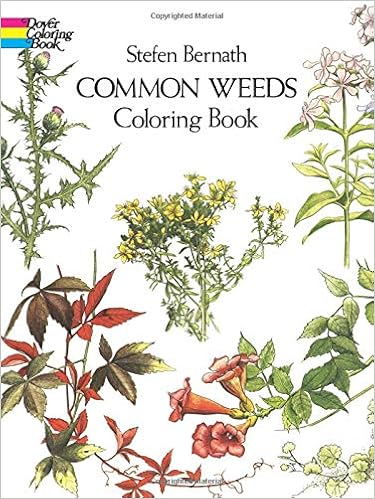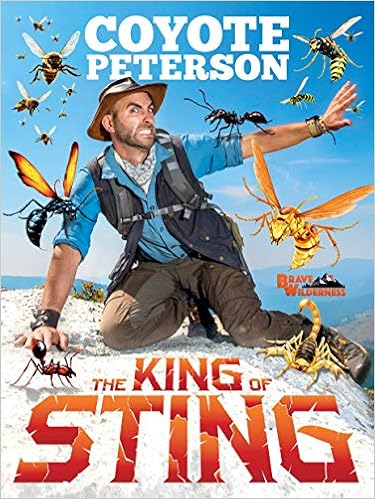I love fall. The air is crisp and cooler after a long hot summer. For us here in the desert, the garden’s perk up. The leaves turn either yellow or brown to let us know their season is over. The children rush out of doors first thing and enjoy being in the outdoors. We hear birds more easily. The bees are gathering the last of the nectar before winter arrives. It is picturesque and charming. This is the season that I get out more. I do more walks. I listen and watch the woodpecker. And I have that yearn to teach my children all about nature and God’s wonderful creation.
Usually fall happens after about a month or two of school work. That energy that opens our new school year begins to wan. Tweaks have to be made around now. And then the outdoors beckons us. I am not faithful as much about doing nature study with the children until this inviting time. When the opportunity presents itself, we jump. On our walks, I’ll point out certain things, “listen to that bird!” “Wow, I think that elm tree is dead, see the one next to it? It still has leaves on it but this one is completely empty.” “How many different leaves can you see?” Those are nature walks.
But what about nature study? Anna Comstock’s infamous book The Handbook of Nature Study, is probably the most widespread book used for Charlotte Mason Nature Study. However, for this mom of 5 children, I need something more simple. Something that doesn’t feel intimidating.
So the number one way I do nature study the simplistic way is Dover Coloring books!
“We all have need to be trained to see, and to have our eyes opened before we can take in the joy that is meant for us in this beautiful life.”
Charlotte Mason
Dover Coloring books do not just have beautiful pictures they have information about each item pictured. It’s like having your own field guide, but one you get to color and observe. This is my hack. They color, they love reading the information, and then when we walk, they observe, absorb, and make connections!
So, this is my first hack for you: get a dover coloring book. Sit with your children and color with them. LEARN alongside with them.
Children should be encouraged to watch, patiently and quietly, until they learn something of the habits and history of bee, ant, wasp, spider, hairy caterpillar, dragon-fly, and whatever of larger growth comes in their way.
Charlotte Mason Home Education, Vol 1, II, Out-Of-Door Life For The Children
My next tip is actually a part of a series of readers that I have for my children. The Christian Liberty Nature Readers. I found them to be cheapest on Rainbow Resource.

The language is simple but not twaddle, for these readers. Children will first learn about insects and progress throughout the readers. While something like, The Story Book of Science is something that you would read aloud to everyone, I accomplish two birds with one stone by giving a reading lesson on top of a nature study. When you have many students, you learn to think of simple ways to accomplish more than one thing at a time.
These two ways are some of the more “living book” centered way of accomplishing a nature study in your Charlotte Mason homeschool, but I also like to take advantage of modern technology, within reason of course. If you know me, you know I am not a huge fan of Kindles, TV, and video games. However, its the overuse and attitudes that come with it. On a laptop where everyone can see and participate, we pull up a few of our favorite YouTube channels, such as Coyote Peterson from Brave Wilderness! Please be warned that your children may get so into this that they may recreate their own King of Sting episodes. All I ask is that I am forewarned so that I know their “in pain grunts” are actually re-enactments. And yes, my girls do it too. My kids were even more
And then things like this can happen! We were at the local splash pad when my kids all jump in excitement because there is a tarantula hawk! Thank you, Coyote Peterson for teaching my kids that this is the top 5 worst stings!

But more than just Coyote Peterson, when we read our devotional book, I will look up videos on YouTube to show more of what we just learned about. I mean the corpse flower was pretty interesting but not likely something we would ever see. And I recommend using science based devotionals as a great way to get simple nature study in and again, killing two birds with one stone. Children will be given the ideas, and then use their observations are they are out IN nature to bring home that information and give it, what Charlotte Mason calls, the science of relations! 
“Education is the Science of Relations” begins with allowing a child to explore and form relations with all kinds of knowledge, but it ends in a magnificent understanding of the unity of knowledge which Charlotte Mason called wisdom. When we take up the principle that education is the science of relations and make it the “captain idea” that guides our educational efforts, we are inclining our ears unto wisdom and our hearts to understanding. (Proverbs 2:2)
–Karen Glass
Science of relations blog post by Karen Glass can be found here.
I hope this was useful and helpful for you. The key to any kind of learning is to recognize that it is a lifelong journey. We won’t learn everything in our lifetime. Neither will our kids, but they can see that there is so much that can be learned all around us. Don’t feel intimidated about the fact that you want to give your child an enriching Charlotte Mason education but have accomplished all the things. Embrace what you can. Enjoy what you are doing! And keep the atmosphere uncrammed by all the things and just focus on what you we can do now, as simple as it may be.








